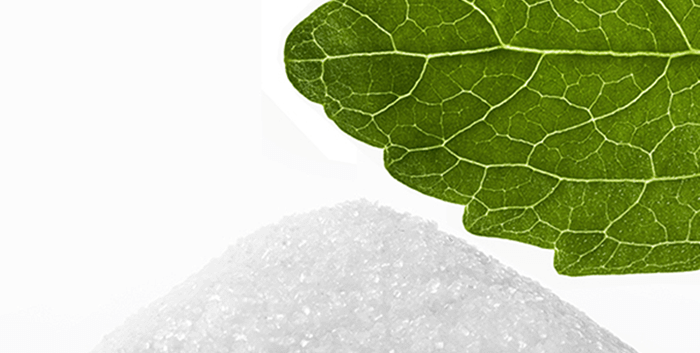Summary
Steviol glycosides are the main sweetening compounds in Stevia rebaudiana and can be used as natural sugar substitutes. This method provides a fast determination of six steviol glycosides using the AZURA® HPLC Plus System. With a fast separation under 10 min and an optimized gradient, the developed method is suitable for a fast quality control of stevia products. Furthermore, the robustness for this method was validated using DryLab simulation software.


Introduction
Steviol glycosides are the main sweetening compounds in Stevia rebaudiana which have a far higher sweetening power than normal sucrose or glucose. The sweetness is estimated to be about 400 times higher. Stevia additives have been approved by the EU since 2011 as sweeteners for beverages and food. Good quality Stevia formulates usually do not have the bitter aftertaste as often other sweeteners do. Furthermore, due to their chemical structure they have no known harmful effect on overweight individuals or patients suffering from diabetes, making them an ideal substitute for household sugars. [1][2] A method as been developed able to quantify and qualify six of the 12 to 14 steviol glycosides that can be found in stevia plants. The substances determined are rebaudioside A, stevioside, rebaudioside C, dulcoside A, rebaudioside B, and steviolbioside. The method was optimized in terms of temperature and gradient slope using DryLab simulation software. Two different stevia samples were analyzed. Firstly, a sample obtained from dried Stevia rebaudiana leaves and secondly a sample obtained from a commonly sold Stevia sweetener.





